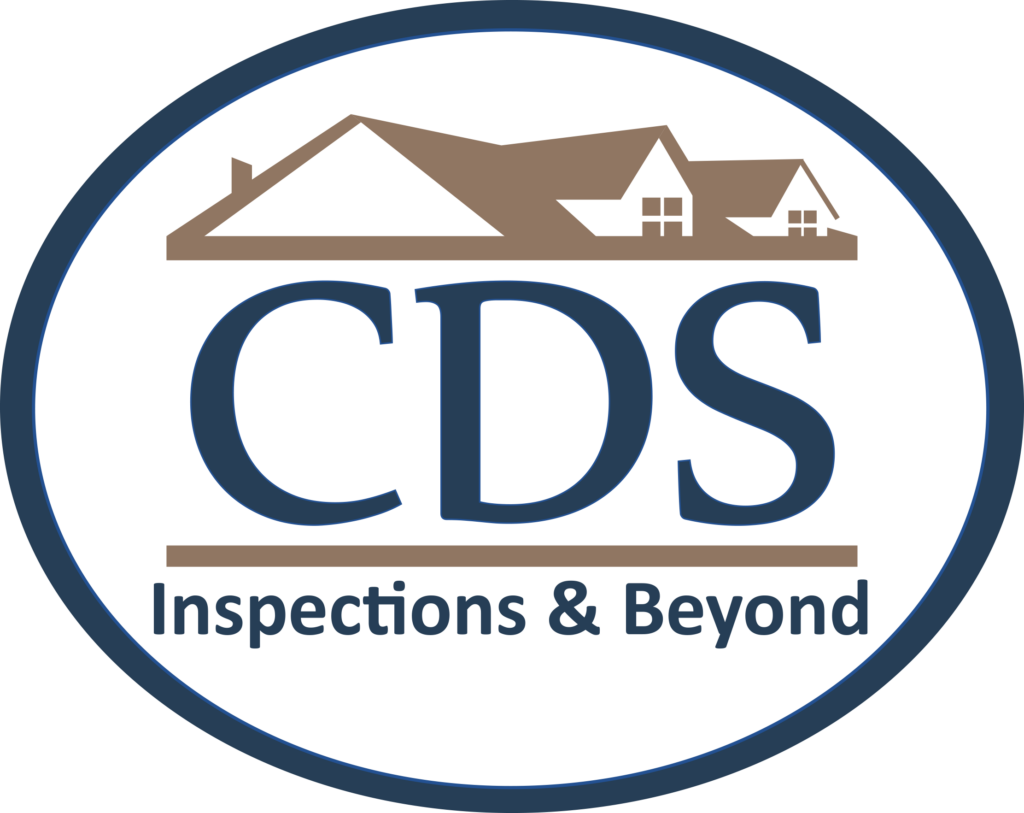
CDS Inspections & Beyond, Inc.
(402) 582-3580
Plainview, NE 68769
[email protected]
Text Only Cell: (402) 263-8171
Mold
Do you have the sniffles? Red eyes? Can’t breathe well? Maybe you are getting sick or it could be something in your environment.
Molds are very common in homes and buildings and will grow anywhere indoors where there is moisture. Excessive moisture leads to excessive mold growth and this may result in allergic reactions in people with sensitivities to mold. These reactions include symptoms such as nasal stuffiness, eye irritation, wheezing, or skin irritation.
You can take routine measures to prevent mold growth, such as using exhaust fans in bathrooms while bathing or showering, and running dehumidifiers, especially in the basement.
But, sometimes in spite of all your efforts, moisture intrusion occurs (such as from a leaky pipe). Molds can begin developing within 24-48 hours of exposing building materials to excess water, so it is necessary to take prompt action to reduce the amount of and extent to which mold spreads.
Below are pictures of areas where excessive moisture resulted in visible mold growth. An exhaust fan or a dehumidifier may have prevented some of these problems.
But one of the most common causes of mold growth that we see during home inspections is poor drainage of water away from the foundation of the home. If you have a musty smell in your home, chances are high that you have mold growing somewhere.
Randy and Leigh can inspect for air borne mold spores or surface spores. While they do not do mold removal, they can provide you with information on how you can clean up mold safely or point you in the direction of a professional mold remediator if one is indicated by the amount and type of mold spores in your home. And, perhaps more importantly, they can assist you (if necessary) in identifying the source of the moisture intrusion and suggest ways to eliminate the problem.
If you have areas in your home that resemble any of the pictures below, then mold is present and should be addressed. Don’t ignore the signs (or the smells). Contact us for an inspection today. For more information on mold you can visit the EPA’s page on mold.

